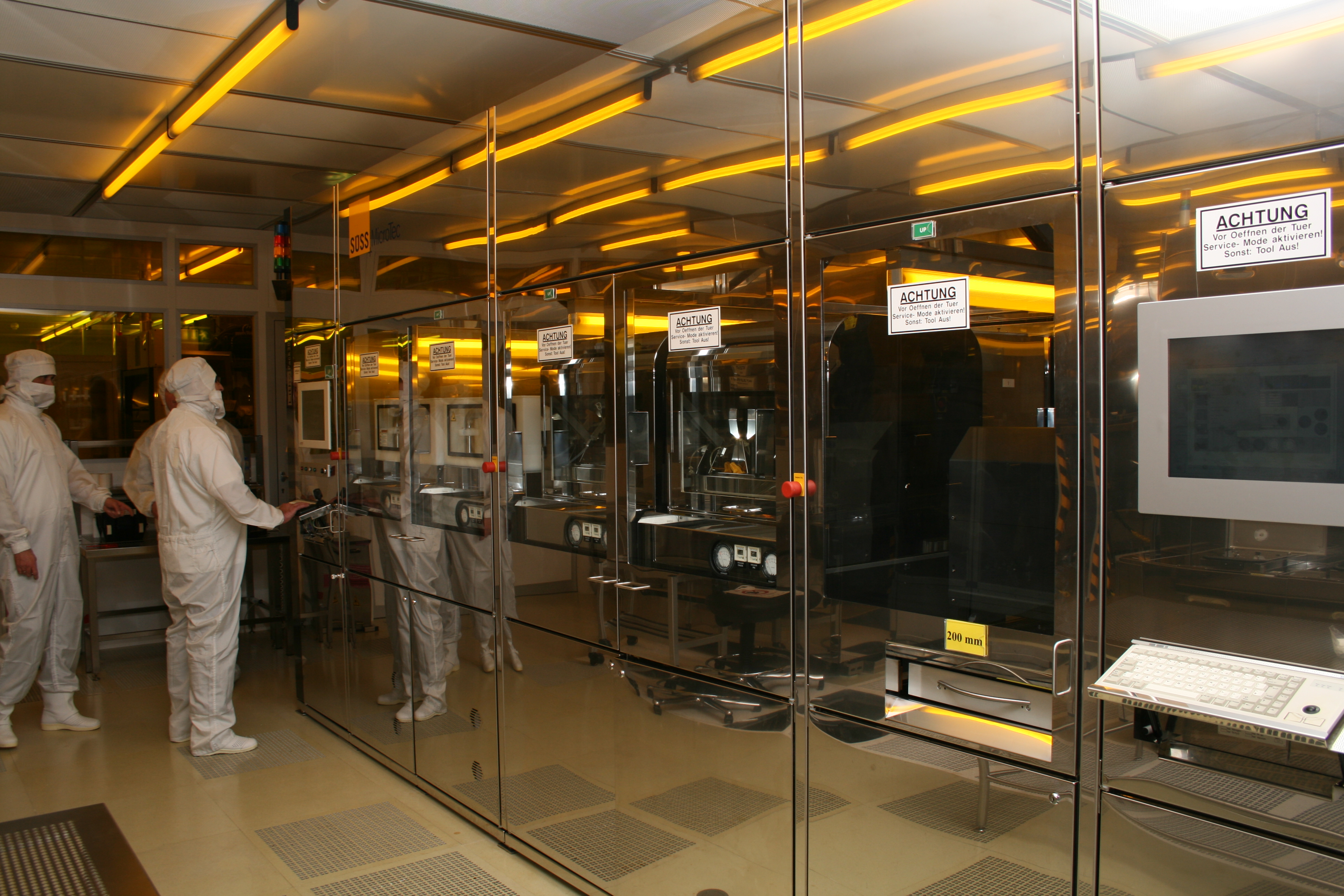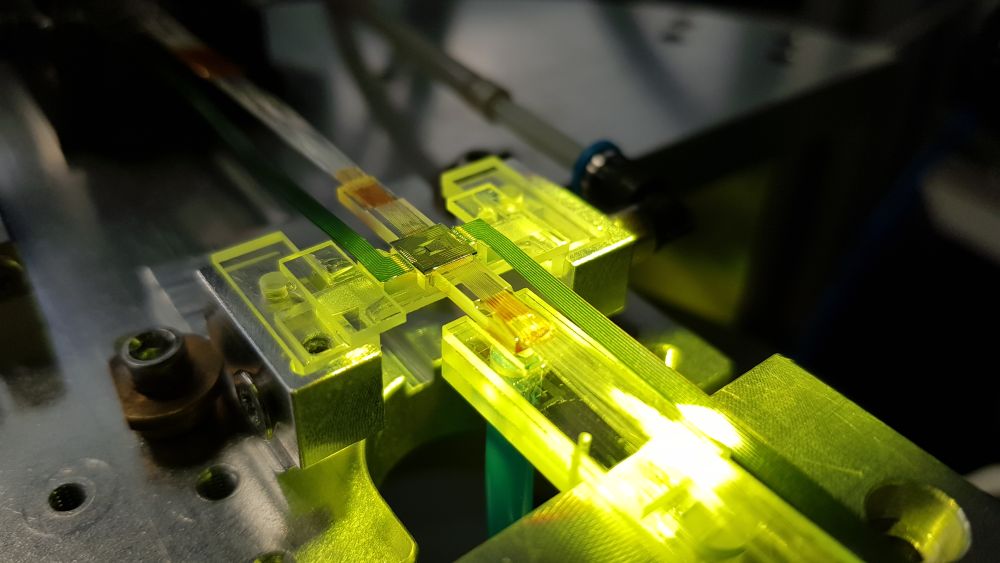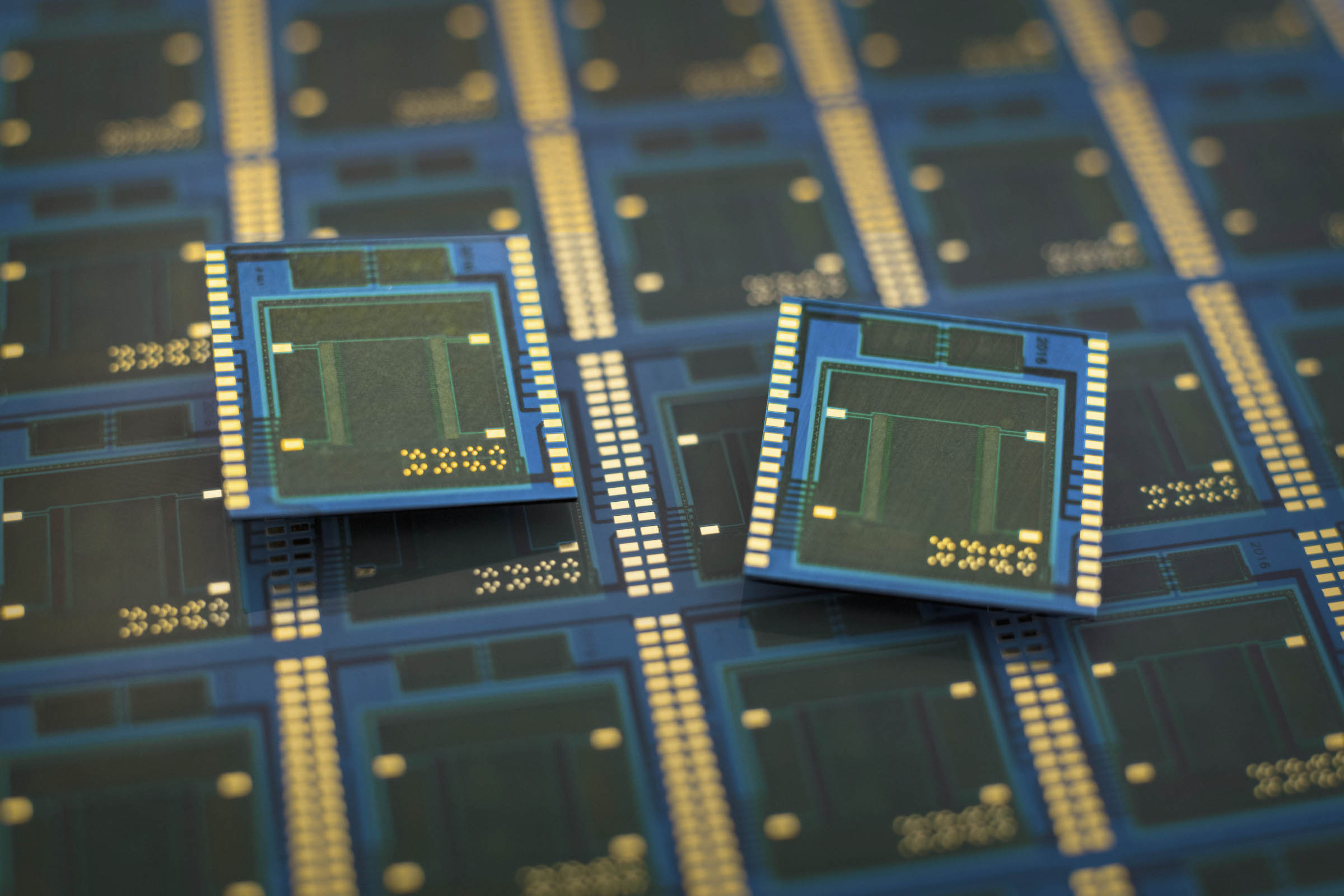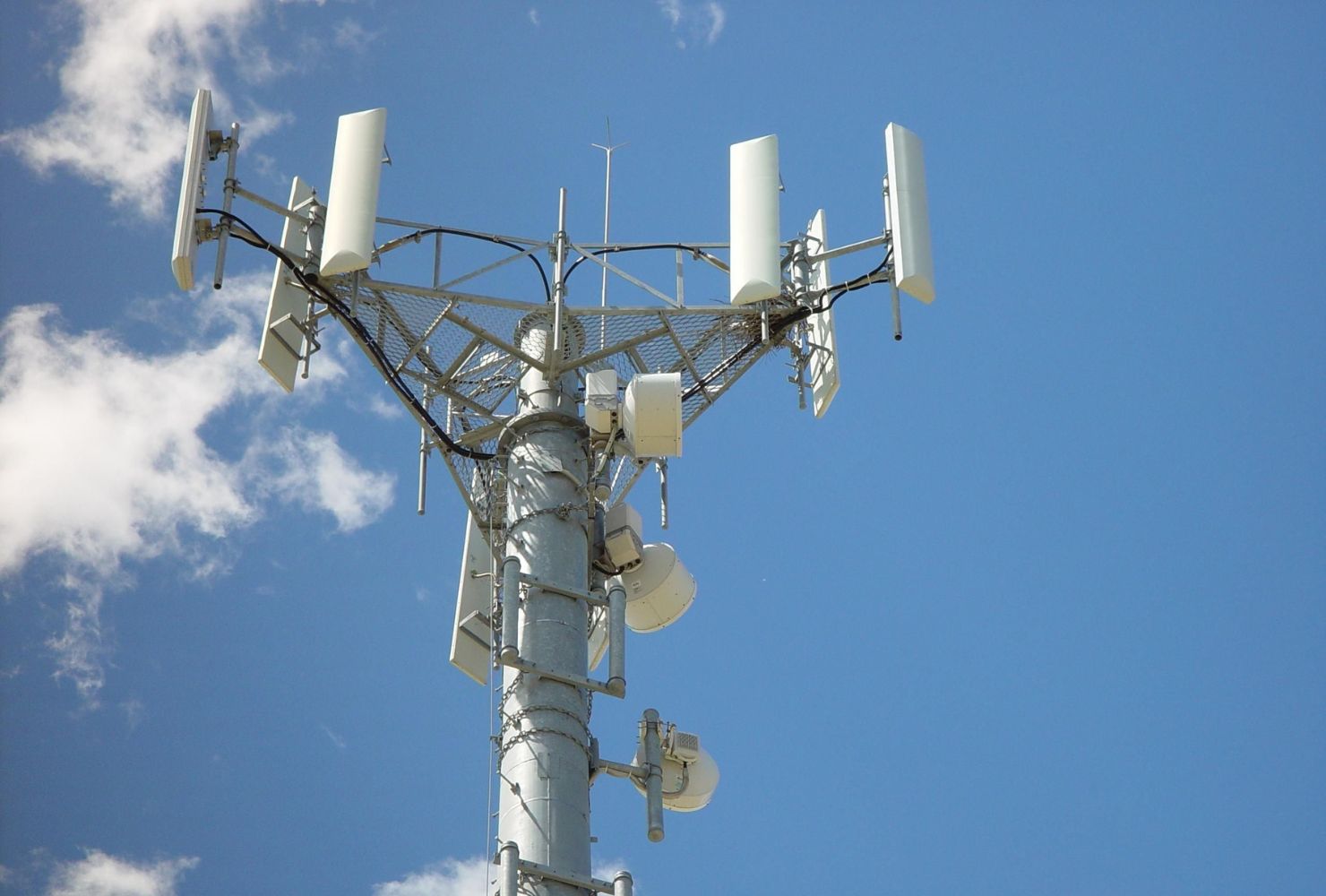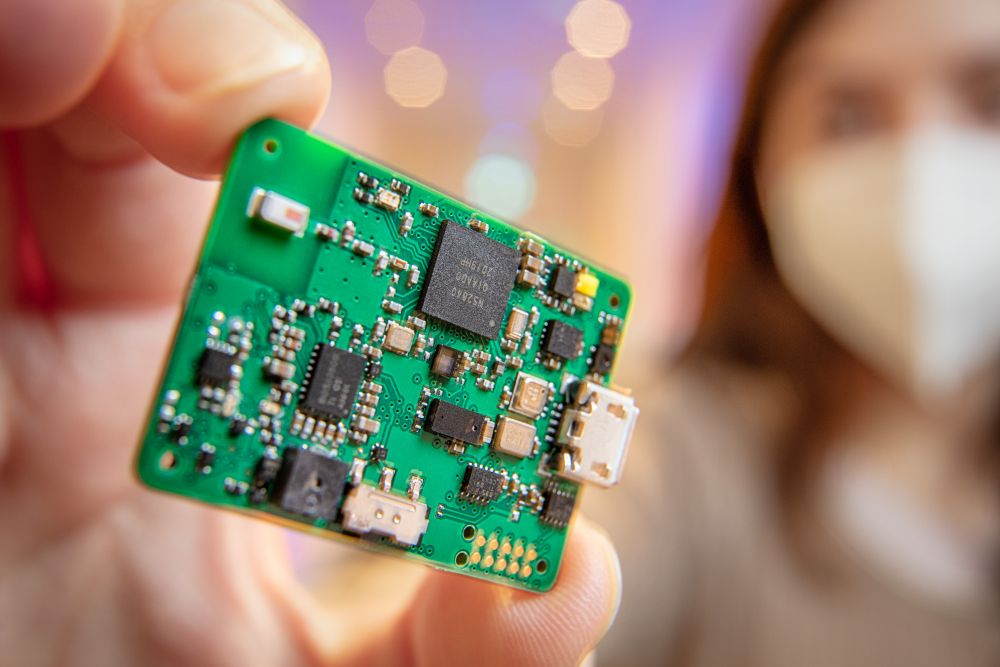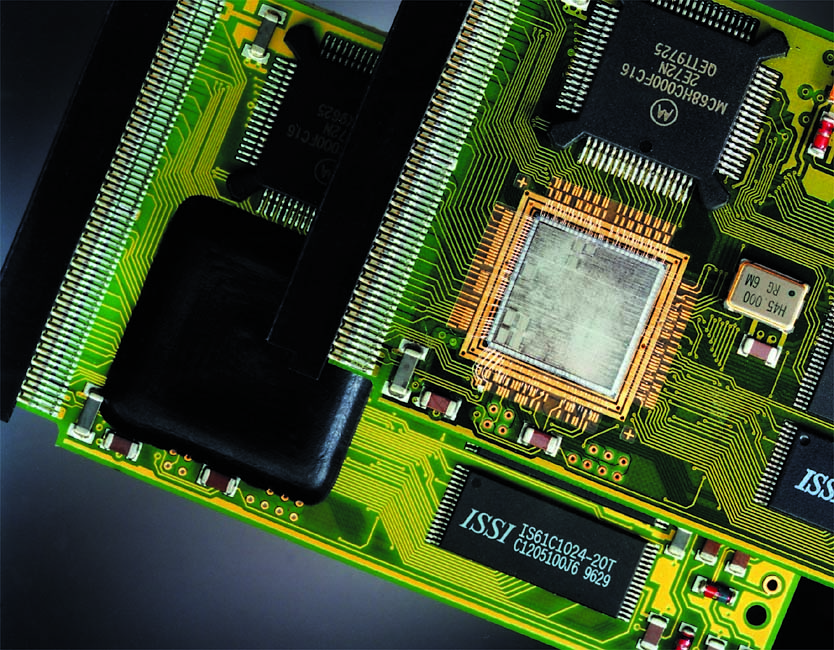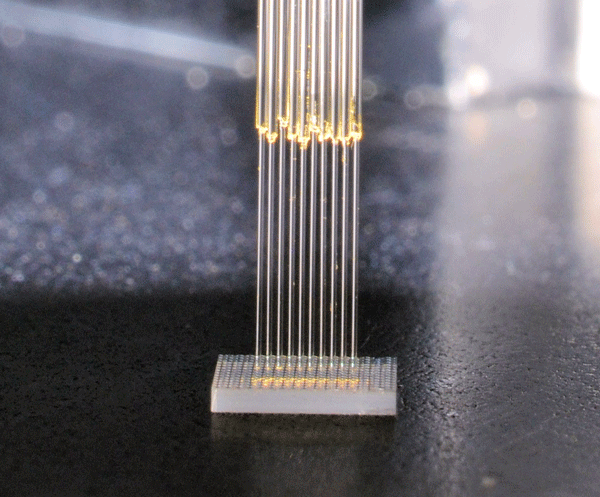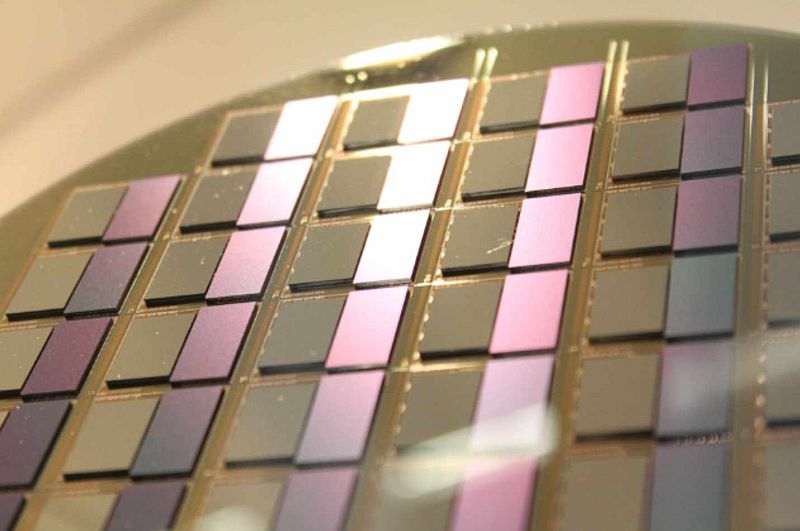You love hearing about the latest research in microelectronics, but the technobabble just confuses you?
Don't let accronyms, abbreviations, and specialist terminology limit your curiosity.
Our archive collects all of the terms and definitions from the everyday work of a leading research institute and helps you navigate them with clear and easy-to-remember explanations.
Our little µ is just as interested and committed as you and will add a new term every month.
And if you do get stuck, send us an email, and we will ask our Fraunhofer IZM specialists to help you out.
Where to start: Just start scrolling and learn more about panels, cleanrooms, ICs and much, much more.
 Fraunhofer Institute for Reliability and Microintegration IZM
Fraunhofer Institute for Reliability and Microintegration IZM